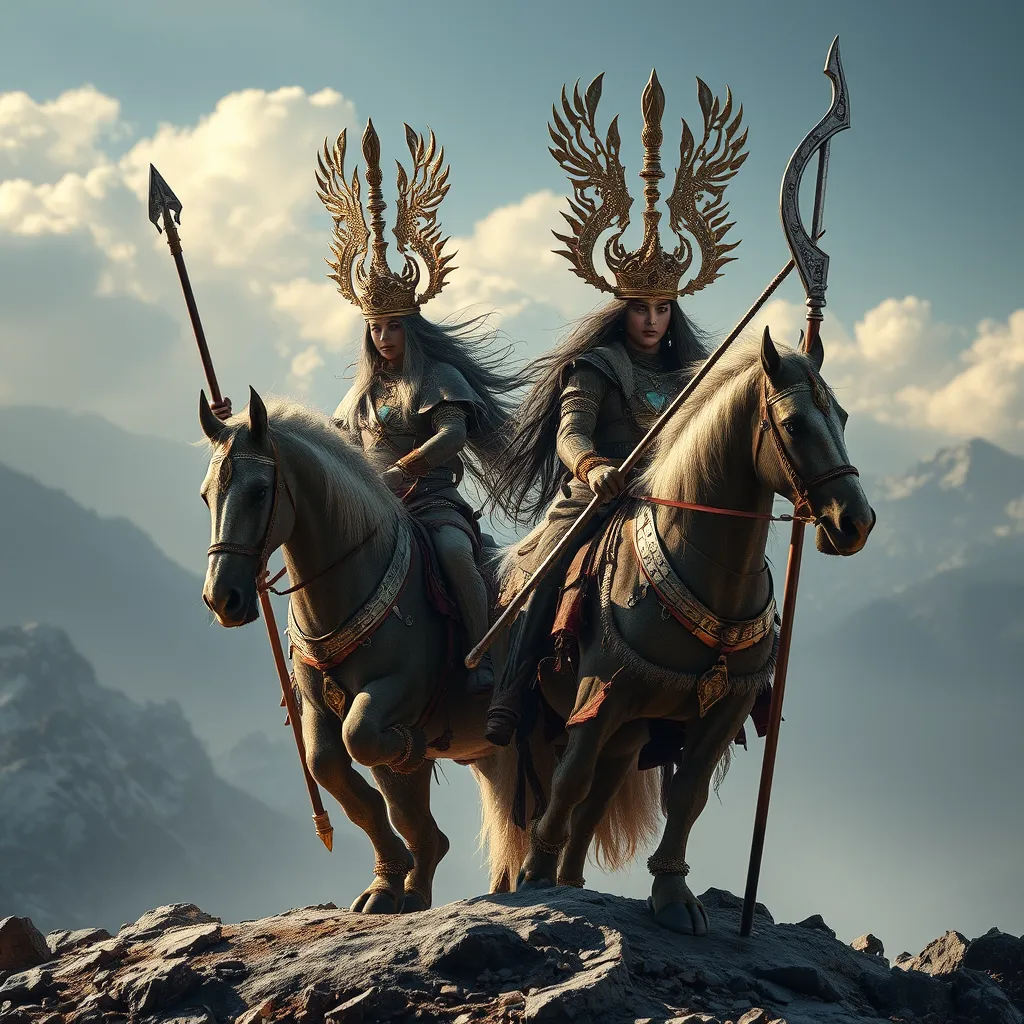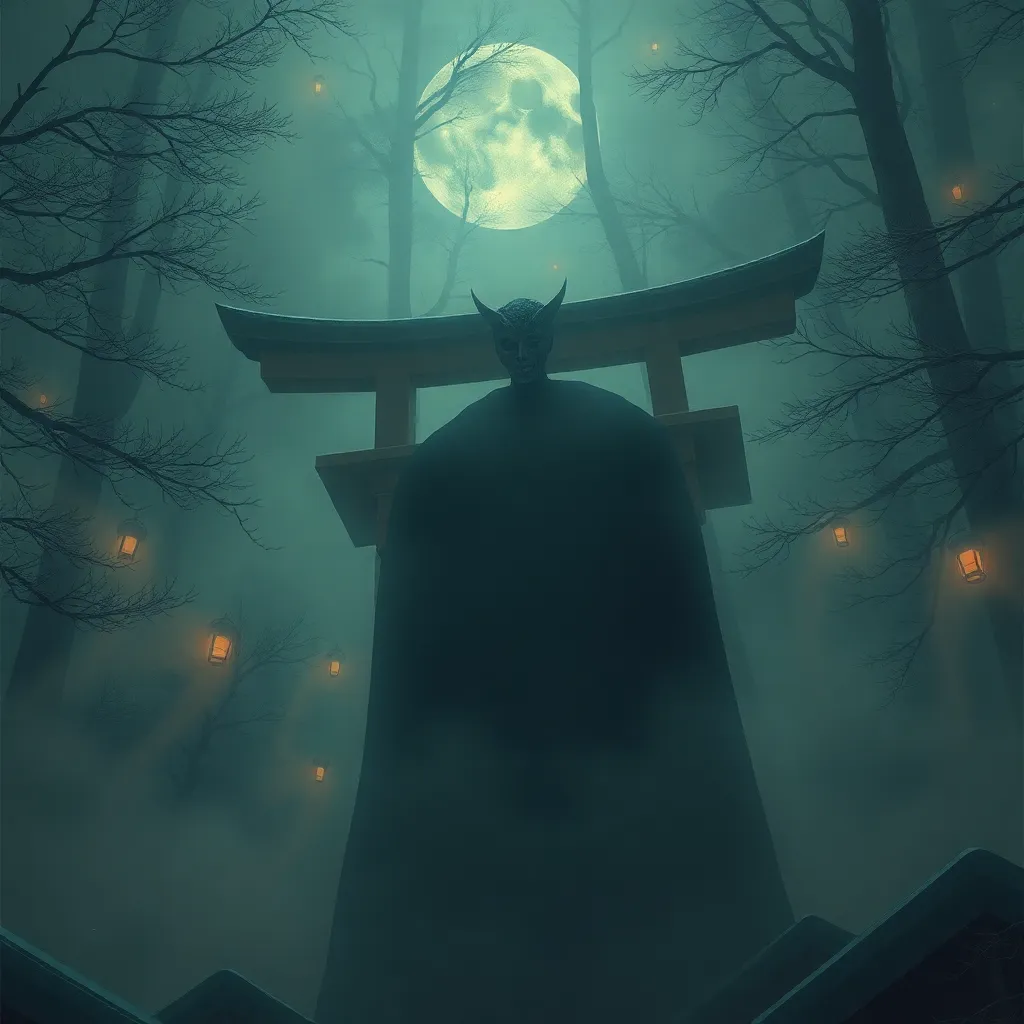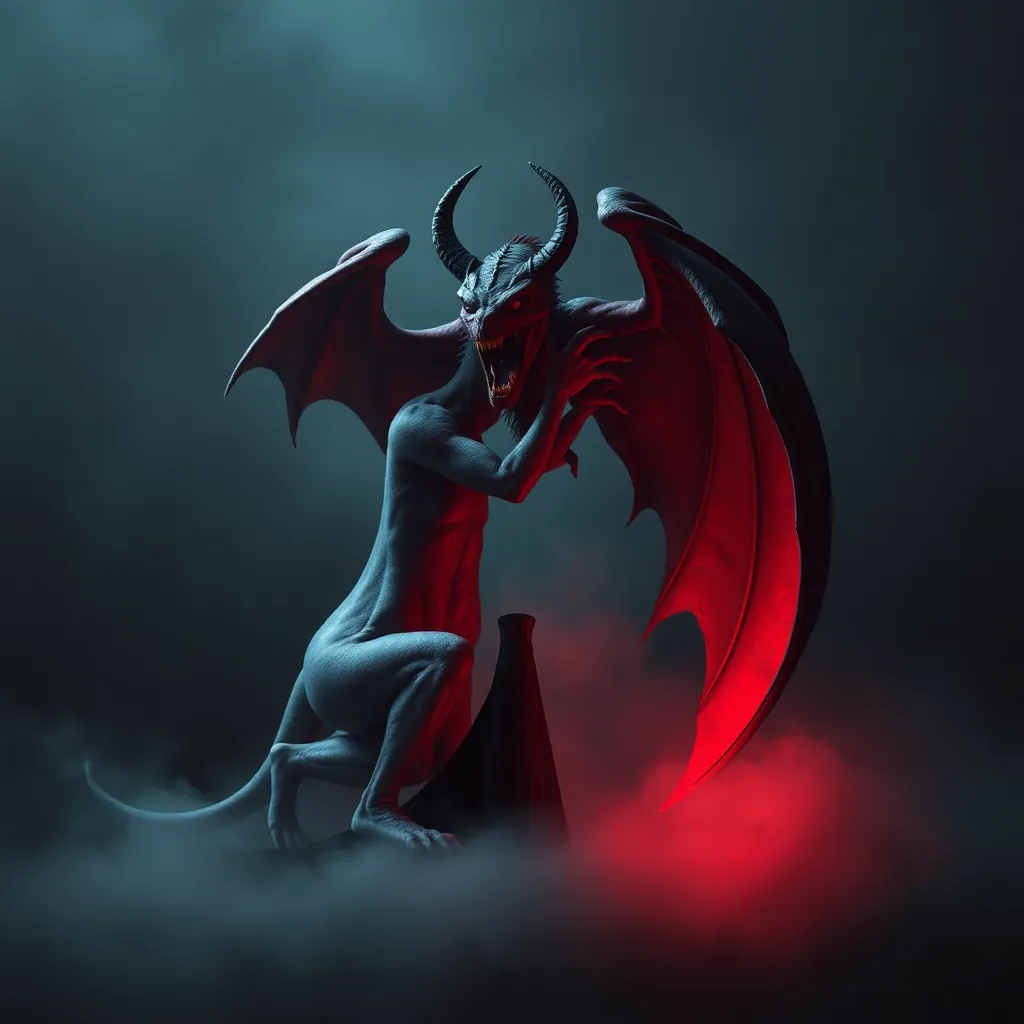The Valkyries of the Himalayas: Exploring the Mythological Warriors of the Himalayan Region
I. Introduction
The concept of Valkyries, though most commonly associated with Norse mythology, resonates across various cultures where the archetype of the female warrior emerges. These figures embody strength, bravery, and a unique blend of femininity and ferocity.
In the context of the Himalayas, a region steeped in profound spiritual and cultural significance, the myths surrounding warrior women take on distinctive forms. The Himalayas are not only geographical giants but also serve as a backdrop for countless legends and tales that enrich the cultural tapestry of the area.
This article aims to explore the concept of Valkyries within the Himalayan context, tracing their origins, characteristics, and the enduring impact they have on contemporary society.
II. Historical Context of Himalayan Mythology
The origins of Himalayan myths are deeply intertwined with the region’s diverse cultures and ethnicities. These myths have evolved over centuries, influenced by the geographical features, climate, and the vibrant tapestry of communities that inhabit this majestic mountain range.
Key civilizations, such as the Tibetans, Sherpas, and various indigenous tribes, have all contributed to the mythology through their unique perspectives and narratives. The harsh and often unforgiving environment has also shaped the characters and themes prevalent in these legends, often highlighting resilience and the struggle against nature.
III. The Valkyrie Archetype in Global Mythology
In Norse mythology, Valkyries are depicted as warrior maidens who choose those who may die and those who may live in battles. They serve Odin and guide fallen warriors to Valhalla, the hall of the slain, where they prepare for Ragnarok.
- Definition and Characteristics: Valkyries are often portrayed as strong, independent, and skilled in combat.
- Comparison with Other Cultures: Similar figures appear in various mythologies, such as the Amazons in Greek mythology and the fierce warrior goddesses in Hindu texts.
- Significance: The presence of female warriors in mythology challenges traditional gender roles and highlights the empowerment of women.
IV. The Valkyries of the Himalayas: A Unique Perspective
In the Himalayan context, Valkyries take on a unique identity, merging local beliefs and cultural practices with the archetype of the warrior woman.
These Himalayan Valkyries are often depicted as protectors of their communities, embodying strength and nurturing qualities. They are revered figures, often associated with local deities and legends.
- Key Characteristics: Himalayan Valkyries are characterized by their bravery, wisdom, and connection to the spiritual realm.
- Cultural Significance: They play vital roles in local festivals and rituals, often symbolizing the community’s strength and resilience.
V. Legends and Stories of Himalayan Valkyries
The folklore surrounding the Himalayan Valkyries is rich and varied, with numerous tales passed down through generations. These stories often contain themes of bravery, sacrifice, and the struggle between good and evil.
- Prominent Tales: Many tales feature Valkyries leading warriors into battle or protecting their villages from malevolent spirits.
- Narrative Themes: Common themes include the valor of women, the importance of community, and the connection to nature.
- Oral Traditions: These stories are preserved through oral tradition, ensuring that the wisdom and lessons embedded within them are passed down through the ages.
VI. Symbolism and Representation in Art and Literature
The representation of Himalayan Valkyries in art and literature reflects their significance in local cultures. Traditional art forms such as thangka paintings often depict these warrior figures alongside deities and mythical beasts.
- Traditional Art: Himalayan art frequently illustrates the dual nature of these Valkyries—both fierce warriors and nurturing protectors.
- Modern Interpretations: Contemporary literature and media have begun to explore the Valkyrie archetype, reimagining these figures in new contexts.
- Cultural Impact: The evolving representation of Himalayan Valkyries contributes to discussions on gender roles and cultural identity.
VII. The Role of Himalayan Valkyries in Modern Society
Today, the figures of the Himalayan Valkyries resonate in contemporary discussions surrounding gender empowerment and cultural heritage. Their stories inspire movements advocating for women’s rights and gender equality.
- Relevance in Discussions: The Valkyries symbolize strength and resilience, serving as role models for women striving for empowerment.
- Tourism and Cultural Initiatives: The mythology surrounding these figures has also influenced tourism, promoting cultural heritage and education.
- Ongoing Legacy: The revival of interest in these myths reflects a broader recognition of the importance of preserving cultural narratives.
VIII. Conclusion
In conclusion, the exploration of the Valkyries of the Himalayas reveals a rich tapestry of mythology that intertwines with the region’s cultural identity. From historical contexts to modern interpretations, these warrior figures exemplify strength, resilience, and the enduring power of women’s narratives.
Preserving and honoring these myths is crucial for future generations, offering insight into the values and beliefs that shape communities. As we continue to explore and appreciate Himalayan mythology, we contribute to a greater understanding of cultural diversity and the significance of female empowerment in our world.



